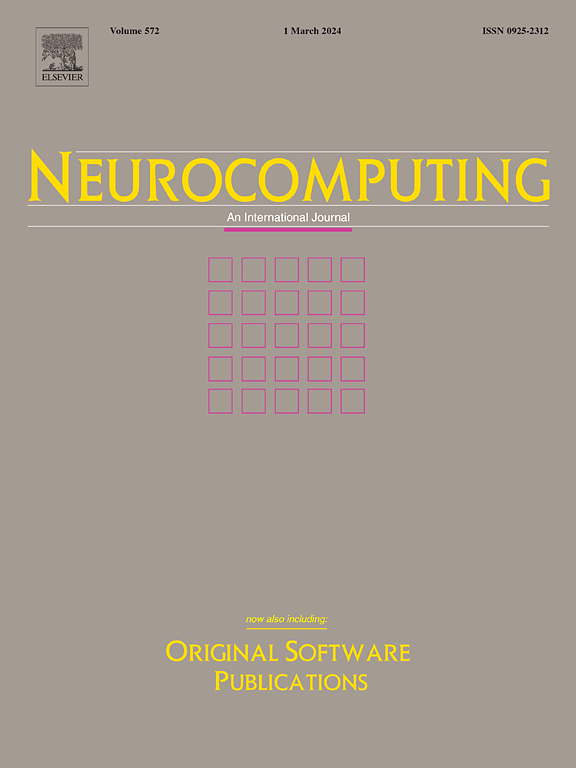End-to-end video object detection based on dynamic anchor box spatiotemporal decoder and hybrid matching
IF 5.5
2区 计算机科学
Q1 COMPUTER SCIENCE, ARTIFICIAL INTELLIGENCE
引用次数: 0
Abstract
Despite the significant progress in object detection using single-frame images, when dealing with continuously changing video scenes, relying solely on information from individual frames often fails to fully exploit the dynamic continuity and consistency across the temporal dimension. Designing a model structure that can capture local details while also understanding the global spatiotemporal context remains a challenging problem. To address this, this paper proposes an end-to-end video object detection algorithm based on dynamic anchor box spatiotemporal decoder and hybrid matching (DAHM-Net). Specifically, a dynamic anchor box spatiotemporal decoder is proposed, where each decoder layer iteratively updates the position priors that account for object scales, enabling the model to better learn object features and improve detection performance. Additionally, a hybrid matching training strategy is proposed, combining one-to-one and one-to-many matching to enhance model performance and accelerate convergence, while maintaining end-to-end detection. Experimental results show that the proposed method outperforms TransVOD by 0.7, 1.0, and 0.5 AP50 on three public datasets, and also surpasses recent state-of-the-art approaches.
求助全文
约1分钟内获得全文
求助全文
来源期刊

Neurocomputing
工程技术-计算机:人工智能
CiteScore
13.10
自引率
10.00%
发文量
1382
审稿时长
70 days
期刊介绍:
Neurocomputing publishes articles describing recent fundamental contributions in the field of neurocomputing. Neurocomputing theory, practice and applications are the essential topics being covered.
 求助内容:
求助内容: 应助结果提醒方式:
应助结果提醒方式:


